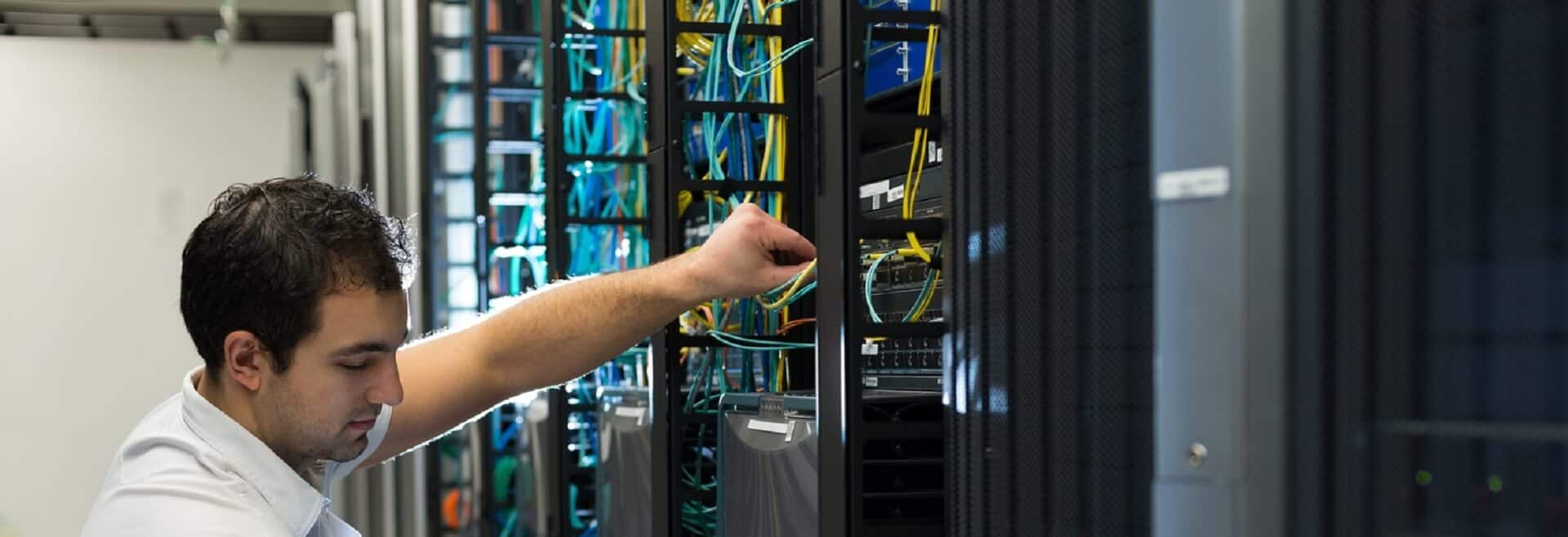Ideal Strategies for Positioning Security CCTV to Enhance Monitoring Effectiveness
Ideal Strategies for Positioning Security CCTV to Enhance Monitoring Effectiveness
Blog Article

Placing surveillance cameras effectively efficiently is essential for improving monitoring across various settings, including homes, commercial properties, and public spaces. The main goal of security systems is to discourage crime and provide proof during instances of events. To attain this, it is important to consider various factors, such as camera location, range of view, and the particular areas that need monitoring. By comprehending these elements, people and entities can create a thorough monitoring strategy that optimizes the effectiveness of their surveillance systems.
One of the initial steps in placing security cameras involves to identify critical areas that require surveillance. Vulnerable zones, such as entry points, exits, vehicle lots, as well as areas with high-value assets, should be given priority. It is crucial to take into account blind spots, that are areas that may not be seen from certain perspectives. By mapping out these key areas, security staff can ensure that every corner remains observed, reducing the likelihood of criminal actions going unnoticed. Additionally, installing cameras at strategic locations can help form a comprehensive perspective of the premises, enabling for improved overall surveillance monitoring.
The viewing angle of a security camera remains another important element to consider. Various types of cameras provide varying ranges of view, that can affect how many area gets recorded in the footage. For example, broad-view cameras can cover bigger spaces, making them ideal for spacious areas, whereas pan-tilt-zoom cameras can be modified to focus on specific features. When positioning cameras, it becomes essential to select the appropriate type based on the area being observed. This guarantees that the system can capture sharp footage and provide important data in case of an occurrence.
Elevation and tilt of mounting also have a crucial role in the effectiveness of security systems. Surveillance systems should be mounted at a height that is out of grasp of possible interference but also allows for unobstructed viewing of identifying features and other identifying features. A typical suggestion helpful site is to install cameras at least eight to 10 ft off the floor. Additionally, the tilt at which the system is set can affect its capability to capture important information. Surveillance systems must be angled to minimize reflection and prevent blockages, ensuring that they can capture sharp footage at any times.
Finally, routine upkeep and improvements to the surveillance camera are essential for sustained efficacy. This entails checking camera performance, wiping lenses, and making sure that firmware remains current. Regular assessments of the monitoring plan can help identify any additional blind spots or locations that may require extra monitoring. By staying proactive and making required changes, individuals as well as organizations can improve their monitoring effectiveness and ensure that their surveillance solutions continue to fulfill their designated purpose.